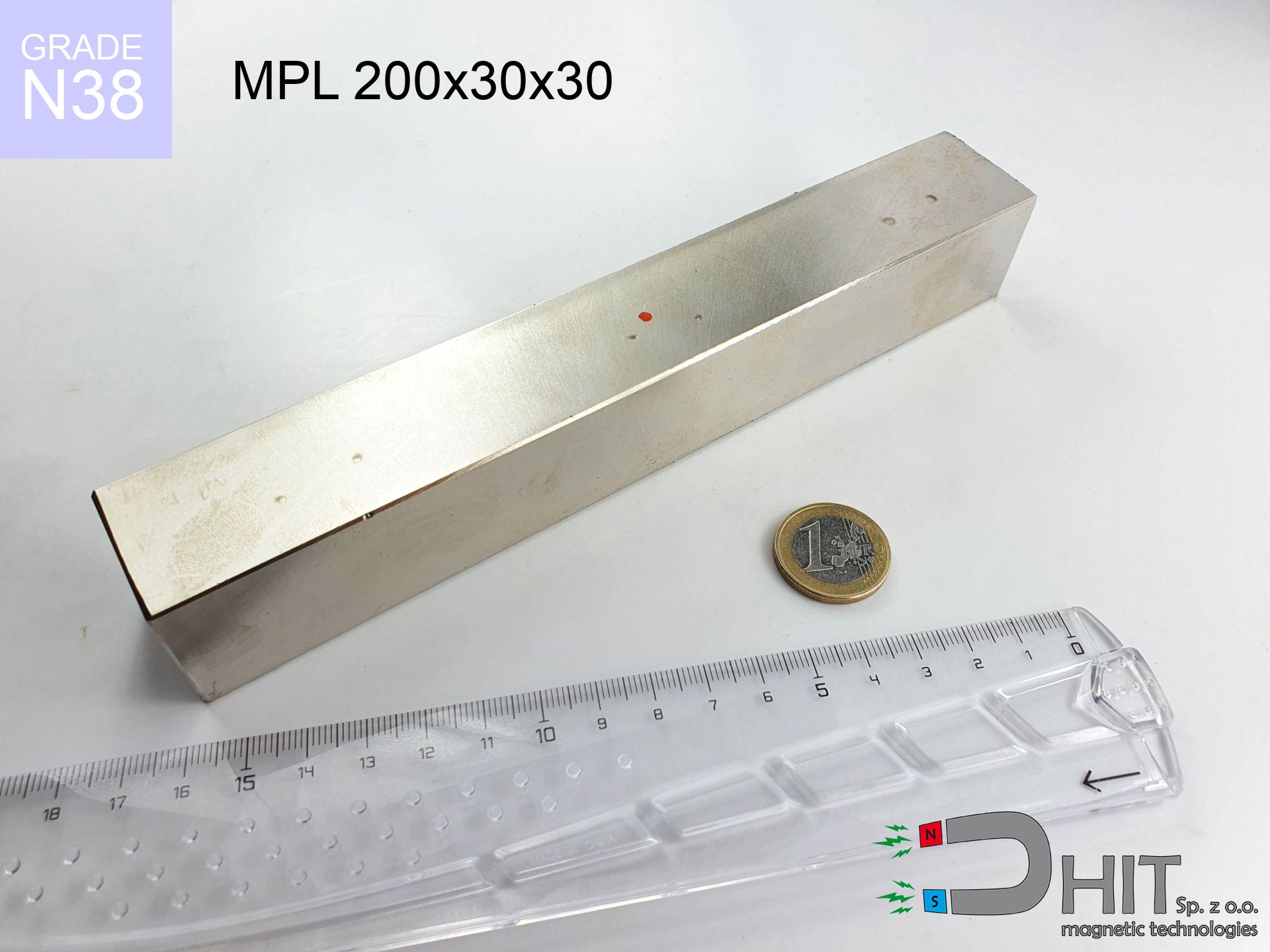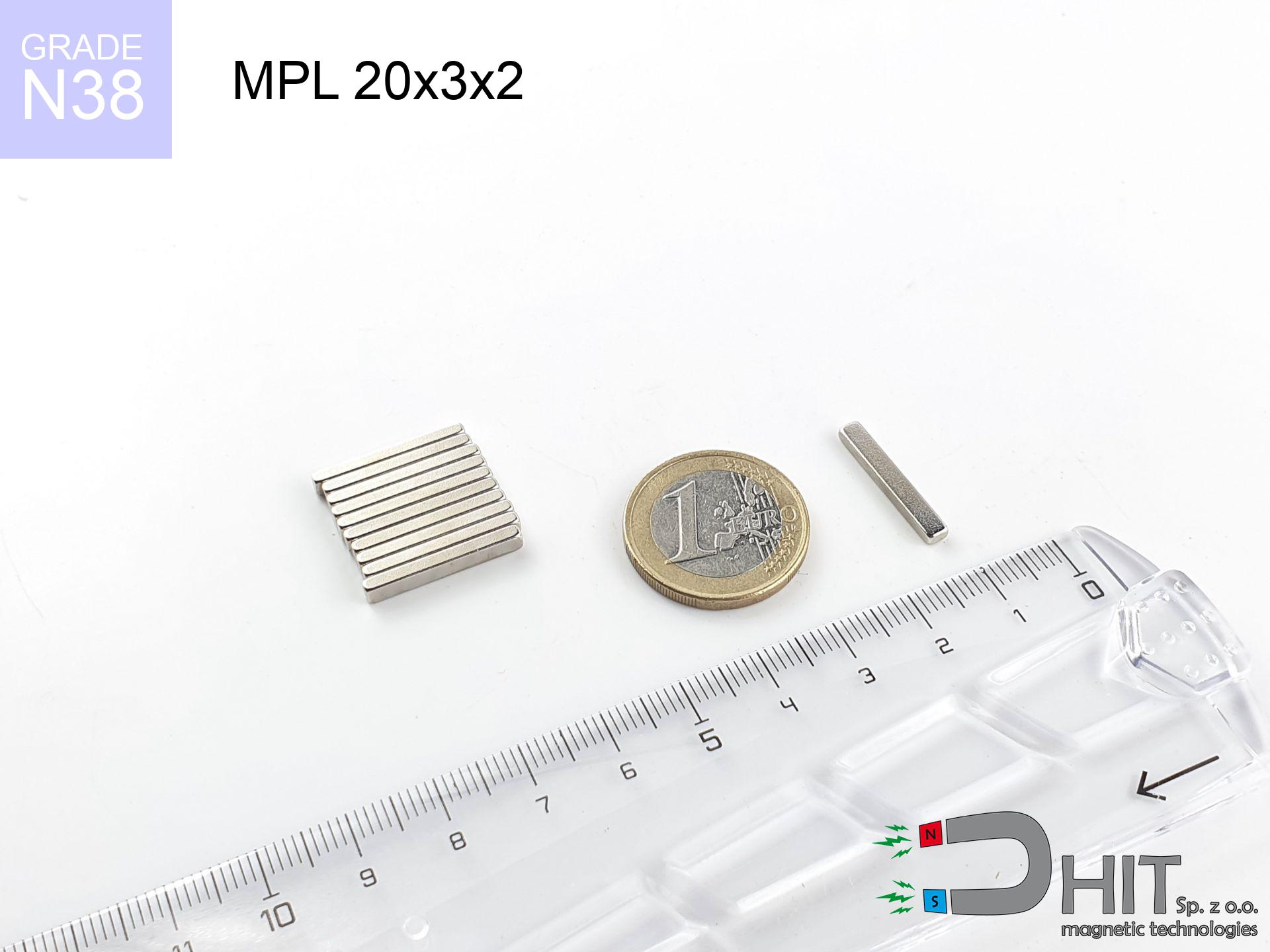UMP 29x10 [M5] GW - search holder
search holder
Catalog no 210230
GTIN/EAN: 5906301813903
Diameter Ø
29 mm [±1 mm]
Height
10 mm [±1 mm]
Weight
0.1 g
Load capacity
32.00 kg / 313.81 N
Coating
[NiCuNi] Nickel
10.50 ZŁ with VAT / pcs + price for transport
8.54 ZŁ net + 23% VAT / pcs
bulk discounts:
Need more?Do you have doubts?
Call us now
+48 888 99 98 98
or contact us through
our online form
the contact section.
Weight as well as appearance of magnets can be calculated with our
modular calculator.
Order by 14:00 and we’ll ship today!
💡 Check why professionals choose Dhit over cheap substitutes
Instead of believing fairy tales on YouTube with tests on uncertified equipment, see what really determines your magnet's power:
- 📏 Magnet thickness in the casing (min. 10mm) – This is what matters most! Thin magnets are weak. Thanks to the 1cm thickness of N52 neodymium, your magnet "sees" metal even through thick rust and mud.
- 🛡️ Armored protection (Black Epoxy) – Forget about rust. This coating doesn't chip when hitting rocks and protects the magnet in water much better than regular nickel, which fails quickly.
- 🧲 Eyelets that don't steal power – Made of special non-magnetic steel, so they don't stick to the magnet and don't block the force. Important: mount only one eyelet at a time! Using 3 at once is a mistake that weakens the magnet.
- 🧶 Certified rope (min. 8mm) – You gain the certainty that your gear won't stay at the bottom. It's thick and comfortable, so it doesn't cut your fingers when pulling out heavy scrap metal.
- 🚀 Our advantage: We are the only ones combining the strongest N52 neodymium (10mm thick) with non-magnetic eyelets. This is real power and durability you won't find anywhere else.
Invest in solid equipment and enjoy the results!
UMP 29x10 [M5] GW - search holder
Specification / characteristics UMP 29x10 [M5] GW - search holder
| properties | values |
|---|---|
| Cat. no. | 210230 |
| GTIN/EAN | 5906301813903 |
| Production/Distribution | Dhit sp. z o.o. |
| Country of origin | Poland / China / Germany |
| Customs code | 85059029 |
| Diameter Ø | 29 mm [±1 mm] |
| Height | 10 mm [±1 mm] |
| Weight | 0.1 g |
| Load capacity ~ ? | 32.00 kg / 313.81 N |
| Coating | [NiCuNi] Nickel |
| Manufacturing Tolerance | ±1 mm |
Physical properties of sintered neodymium magnets Nd2Fe14B at 20°C
| properties | values | units |
|---|---|---|
| Vickers hardness | ≥550 | Hv |
| Density | ≥7.4 | g/cm3 |
| Curie Temperature TC | 312 - 380 | °C |
| Curie Temperature TF | 593 - 716 | °F |
| Specific resistance | 150 | μΩ⋅cm |
| Bending strength | 250 | MPa |
| Compressive strength | 1000~1100 | MPa |
| Thermal expansion parallel (∥) to orientation (M) | (3-4) x 10-6 | °C-1 |
| Thermal expansion perpendicular (⊥) to orientation (M) | -(1-3) x 10-6 | °C-1 |
| Young's modulus | 1.7 x 104 | kg/mm² |
Material specification
| iron (Fe) | 64% – 68% |
| neodymium (Nd) | 29% – 32% |
| boron (B) | 1.1% – 1.2% |
| dysprosium (Dy) | 0.5% – 2.0% |
| coating (Ni-Cu-Ni) | < 0.05% |
Sustainability
| recyclability (EoL) | 100% |
| recycled raw materials | ~10% (pre-cons) |
| carbon footprint | low / zredukowany |
| waste code (EWC) | 16 02 16 |
Check out also deals
Advantages as well as disadvantages of rare earth magnets.
Advantages
- Their strength is durable, and after around ten years it drops only by ~1% (theoretically),
- Magnets perfectly resist against demagnetization caused by foreign field sources,
- In other words, due to the smooth surface of nickel, the element becomes visually attractive,
- The surface of neodymium magnets generates a maximum magnetic field – this is a distinguishing feature,
- Made from properly selected components, these magnets show impressive resistance to high heat, enabling them to function (depending on their shape) at temperatures up to 230°C and above...
- Possibility of accurate forming and optimizing to individual requirements,
- Key role in advanced technology sectors – they find application in hard drives, electromotive mechanisms, diagnostic systems, also modern systems.
- Relatively small size with high pulling force – neodymium magnets offer high power in small dimensions, which enables their usage in compact constructions
Cons
- They are prone to damage upon heavy impacts. To avoid cracks, it is worth securing magnets using a steel holder. Such protection not only protects the magnet but also improves its resistance to damage
- When exposed to high temperature, neodymium magnets suffer a drop in strength. Often, when the temperature exceeds 80°C, their power decreases (depending on the size, as well as shape of the magnet). For those who need magnets for extreme conditions, we offer [AH] versions withstanding up to 230°C
- Magnets exposed to a humid environment can corrode. Therefore while using outdoors, we recommend using waterproof magnets made of rubber, plastic or other material protecting against moisture
- Due to limitations in producing threads and complex shapes in magnets, we recommend using casing - magnetic mount.
- Health risk related to microscopic parts of magnets are risky, in case of ingestion, which is particularly important in the aspect of protecting the youngest. Furthermore, small elements of these magnets can complicate diagnosis medical when they are in the body.
- Due to expensive raw materials, their price is higher than average,
Holding force characteristics
Maximum holding power of the magnet – what affects it?
- with the application of a sheet made of low-carbon steel, guaranteeing maximum field concentration
- possessing a massiveness of at least 10 mm to avoid saturation
- with a surface free of scratches
- with zero gap (without coatings)
- for force acting at a right angle (in the magnet axis)
- at temperature room level
Magnet lifting force in use – key factors
- Gap (between the magnet and the plate), as even a very small clearance (e.g. 0.5 mm) can cause a reduction in lifting capacity by up to 50% (this also applies to paint, corrosion or dirt).
- Angle of force application – maximum parameter is obtained only during pulling at a 90° angle. The shear force of the magnet along the plate is usually several times lower (approx. 1/5 of the lifting capacity).
- Metal thickness – thin material does not allow full use of the magnet. Magnetic flux passes through the material instead of generating force.
- Plate material – mild steel attracts best. Alloy steels lower magnetic properties and holding force.
- Base smoothness – the smoother and more polished the plate, the larger the contact zone and higher the lifting capacity. Unevenness acts like micro-gaps.
- Operating temperature – neodymium magnets have a sensitivity to temperature. At higher temperatures they lose power, and at low temperatures gain strength (up to a certain limit).
Holding force was measured on a smooth steel plate of 20 mm thickness, when the force acted perpendicularly, whereas under attempts to slide the magnet the load capacity is reduced by as much as fivefold. Moreover, even a small distance between the magnet’s surface and the plate reduces the lifting capacity.
Medical implants
Patients with a ICD have to keep an safe separation from magnets. The magnetic field can stop the operation of the life-saving device.
Metal Allergy
Nickel alert: The Ni-Cu-Ni coating consists of nickel. If redness happens, immediately stop handling magnets and wear gloves.
Threat to navigation
GPS units and smartphones are highly sensitive to magnetism. Direct contact with a strong magnet can ruin the sensors in your phone.
Risk of cracking
Beware of splinters. Magnets can fracture upon uncontrolled impact, launching shards into the air. Eye protection is mandatory.
Immense force
Use magnets consciously. Their powerful strength can surprise even professionals. Plan your moves and respect their force.
Dust explosion hazard
Fire hazard: Neodymium dust is highly flammable. Do not process magnets in home conditions as this risks ignition.
Safe distance
Avoid bringing magnets close to a wallet, computer, or TV. The magnetic field can destroy these devices and erase data from cards.
Do not overheat magnets
Watch the temperature. Heating the magnet above 80 degrees Celsius will ruin its magnetic structure and pulling force.
Crushing risk
Large magnets can break fingers in a fraction of a second. Do not place your hand betwixt two strong magnets.
Choking Hazard
Strictly store magnets away from children. Choking hazard is significant, and the effects of magnets clamping inside the body are fatal.

![Search magnet UMP 29x10 [M5] GW - GOLD Series Search magnet UMP 29x10 [M5] GW - GOLD Series](https://cdn3.dhit.pl/graphics/banners/magnet.webp)
![UMP 29x10 [M5] GW - search holder](https://cdn3.dhit.pl/graphics/products/ump-29x10-m5-gw-pib.jpg)


![SM 32x200 [2xM8] / N42 - magnetic separator SM 32x200 [2xM8] / N42 - magnetic separator](https://cdn3.dhit.pl/graphics/products/sm-32x200-2xm8-fub.jpg)
![SM 18x300 [2xM5] / N42 - magnetic separator SM 18x300 [2xM5] / N42 - magnetic separator](https://cdn3.dhit.pl/graphics/products/sm-18x300-2xm5-xad.jpg)

